Man mache sich sein Werkzeug ...
Selbermachen hat schon was ... ich brauchte einen 10° Winkelfräser, hatte aber keinen (wenn es überhaupt einen zu kaufen gibt). In alter Handwerkstradition macht der Handwerker sich dann seine Werkzeuge halt selbst. Die Materialfrage war recht einfach: Silberstahl (115 CR V3) kann man mit normalem Werkzeug bearbeiten und einfach härten.
Das Design musste dann so sein, dass ich mit einem normalen Fräser die drei Flächen der Schneiden erstellen konnte, dafür habe ich mich zuerst an mein CAD-Programm (MEDUSA4) gesetzt:
Um einen positiven Spanwinkel zu bekommen, wird die erste Nut unterhalb der Mitte eingefräst. Die 10 Grad im Werkzeugpfad kann die CNC gesteuerte Fräse auf dem X/Y Tisch einfach - die 30 Grad Rotation für die Freifläche der ebenfalls auf CNC aufgemotzte Teilerapparat, genauso wie die die Wiederholung für die übrigen 6 Flächen. Das es ein Vierschneider wird, hat sich dann so ergeben. Die Werte für das CNC-Programm habe ich mir einfach aus dem CAD herausgemessen, die Programme schreibe ich mir alle selbst, so viele Zeilen sind das ja nicht. Nach der Bearbeitung wurde dann auf Rotglut erhitzt, abgeschreckt, gesäubert damit man die Anlauffarben sieht und auf dunkelblau angelassen und wieder abgeschreckt. Dann noch etwas auf dem Abziehstein geschärft, die Stirnschneiden habe ich dann mehr oder weniger Freihand auf dem Schleifbock geschliffen - ich musste ja nur Holz mit dem Teil bearbeiten.
Wobei ich gerade dabei bin - und das ist auch eine schöne Illustration des Jack-of-all-Trades-Prinzips mit der überkreuz-Anwendung von Fähigkeiten: Stirnschneiden schärfen musste ich später nochmal:
Diesen 16 mm Schruppfräser brauchte ich für eine Serie von Aluminiumdrehteilen, um ein genügend großes Startloch für den Innendrehstahl zu bekommen. Jetzt habe ich (ich habe ja nie Zerspanungstechniker gelernt) auf die harte Tour herausfinden müssen, dass in Aluminium, selbst dem AlCuMgPb (Automatenmaterial) nur wirklich scharfe Werkzeuge Spaß machen. Nach 70 Löchern war das aber nicht mehr unbedingt der Fall. Normalerweise hätte man das Teil zum Schärfdienst gegeben, aber zum einen Mal dauert das ein paar Wochen, man muss sammeln (sonst ist das Nachschärfen mit Porto teurer als so ein Fräser) - ich brauchte das Teil aber jetzt. Also habe ich erst einmal festgestellt, dass ich auf dem Abziehstein an die Schneiden dran komme und dann vorsichtig losgelegt, es brauchte ja nur einen Hauch. Hat funktioniert. Bei Spiralbohrern ist das sogar noch einfacher, die schärfe ich inzwischen komplett selbst:
Das ist gar nicht mal so schwierig, da man am Verlauf der Schneiden sieht ob man richtig angesetzt hat. Der eigentliche Schliff an Haupt- und Querschneide ist gerade (kann man deshalb auch prima leicht abziehen für den letzten Biss), nur an der Freifläche muss man dem Bohrer am Schleifbock drehen und schwenken, damit da nichts mehr im Weg ist.
Ich weiß jetzt nicht, ob das INTJ-typisch ist, aber die Geschichte um diesen Artikel ist wieder ein Paradebeispiel für meine Vorangehensweise: Eigentlich wollte ich nur die Facebook-Artikel hier rein kopieren. Die waren dann aber etwas kurz und ich dachte, für so einen Blog kann man da etwas mehr Text schreiben. Dann brauchte ich zum Verständnis noch den Screenshot aus dem CAD, und dann noch die Werkzeuge .. und dabei (man beachte den Unterschied vom dritten zum vierten Bild) habe ich noch herausgefunden, wie man diese Makroaufnahmen vor einem richtig weißen Hintergrund machen kann:
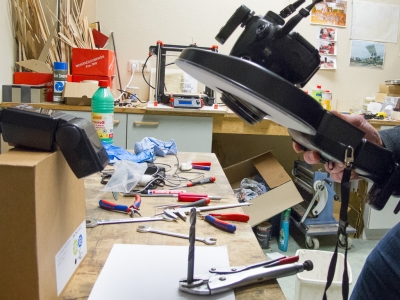
Setup für Makrofotografie von Werkzeug
Außer dem Ringblitz (den habe ich auch für die ersten Aufnahmen benutzt) habe ich noch einen zweiten Blitz benutzt, der nur das Blatt Papier beleuchtet und damit weiß macht. Die restlichen Infos, wo ich schon mal dabei bin: EF-S 60 mm f2.8 Makroobjektiv, Orbis Ringblitz mit Blitz auf 1/1 Leistung, zweiter Blitz auf 1/4, manueller Modus, 1/250s f16 und 30 cm Entfernungseinstellung am Objektiv. Geht man näher ran, dann ist die Schärfentiefe zu klein, selbst bei der kleinen Blende.
Insgesamt ist das aber ein schönes Beispiel für lntuition: Sozusagen aus dem Nichts etwas zu erschaffen. Der Weg ist dann etwas Knobelei, aber die Ideen kommen früher oder später. Nur leider lässt man sich gerne ablenken (vielleicht bin ich wirklich etwas INTP in der Beziehung), aber andererseits lernt man auf dem ganzen Weg und in allen Abzweigungen etwas dazu, was man dann an anderer Stelle wieder verwenden kann.

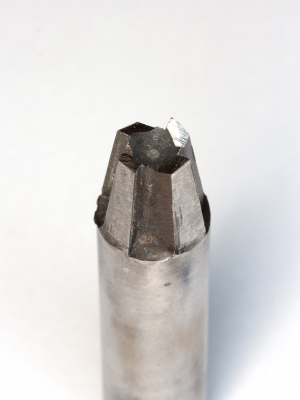
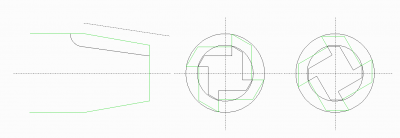
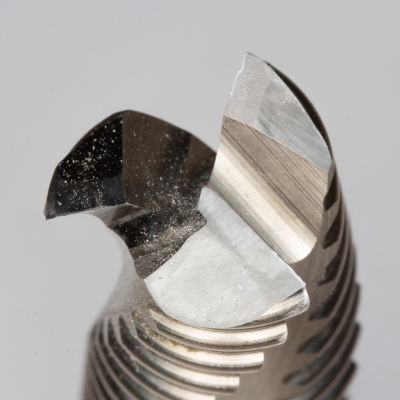
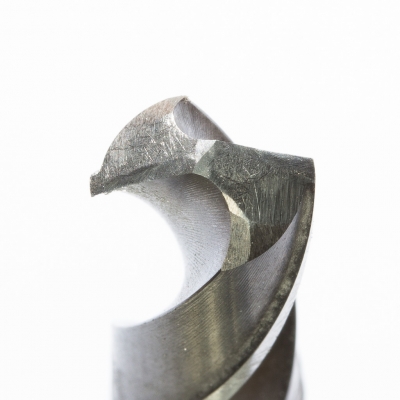
Kommentare
Ansicht der Kommentare: Linear | Verschachtelt